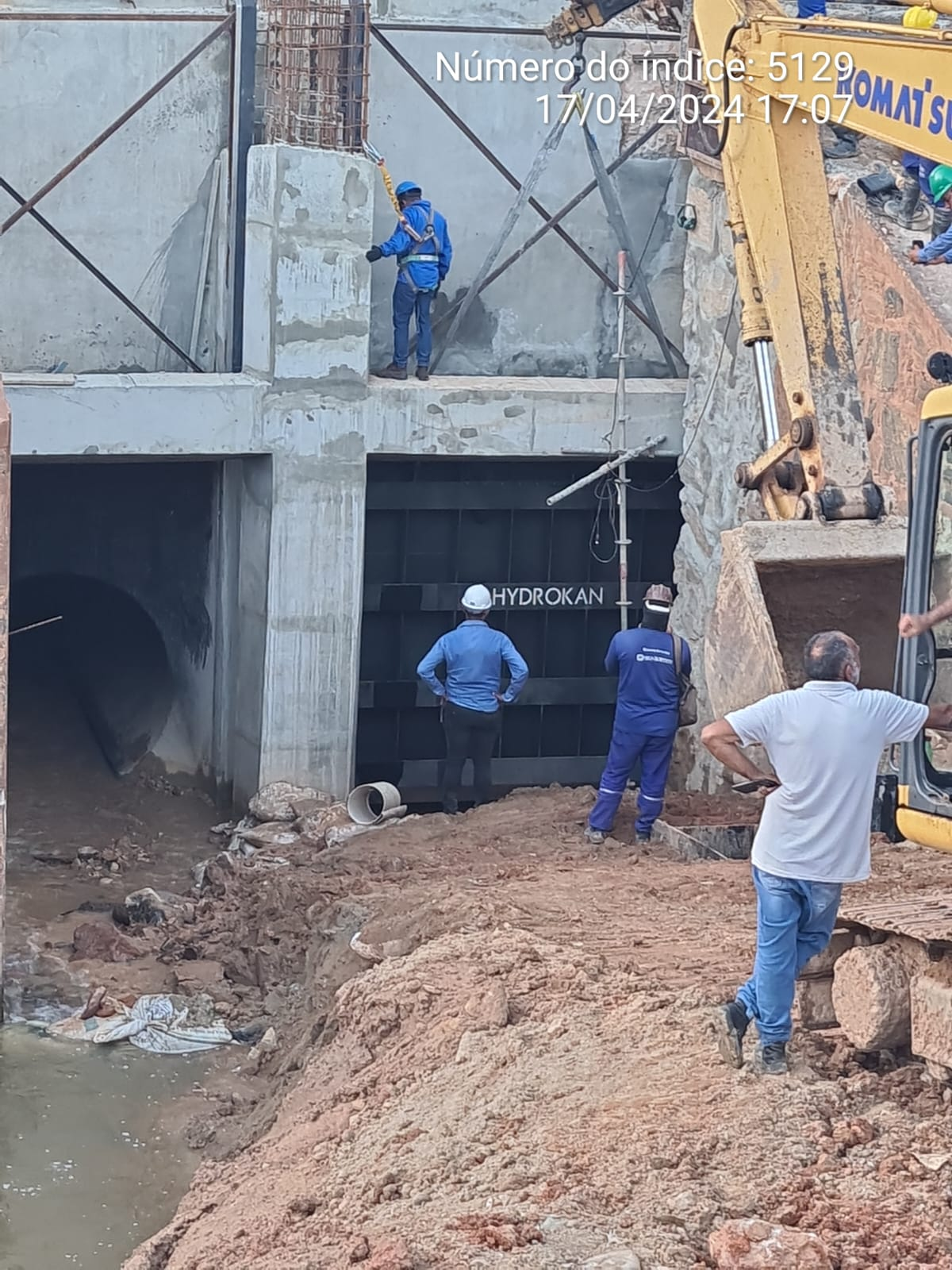Fontes: RIPE NCC e Ars Technica
 Nesta sexta feira, a RIPE NCC (Réseaux IP Européens Network Coordination Centre), entidade regional de registros de domínios que abrange Europa, Oriente Médio e partes da Ásia Central, anunciou a distribuição do último bloco de endereços IPv4 disponíveis em seu âmbito.
Nesta sexta feira, a RIPE NCC (Réseaux IP Européens Network Coordination Centre), entidade regional de registros de domínios que abrange Europa, Oriente Médio e partes da Ásia Central, anunciou a distribuição do último bloco de endereços IPv4 disponíveis em seu âmbito.
Tal declaração, na verdade, não apresenta muitas surpresas e novidades, já que o anúncio do fim da provisão de endereços IPv4 foi feito em Fevereiro de 2011. A transição para os endereços IPv6 tem sido lenta – até hoje, menos de 1% da conectividade é feita por endereços IPv6. O Brasil, por exemplo tem uma adoção do IPv6 que representa apenas 0,02% da conectividade. O impacto desse esgotamento importa para consumidores e empresas que não possuem qualquer endereço na rede e em nada afetam os atuais usuários de endereços IPv4.
Mais informações na análise de Iljitsch van Beijnum, da Ars Technica:
Europe officially runs out of IPv4 addresses
RIPE NCC now allocating IPv4 address space from the last /8 netblock
Earlier today, the RIPE NCC (Réseaux IP Européens Network Coordination Centre) announced it is down to its last “/8″ worth of IPv4 addresses. This means that it is no longer possible to obtain new IPv4 addresses in Europe, the former USSR, or the Middle East, with one small exception: every network operator that is a “RIPE member” or “local Internet registry” (LIR) can obtain one final block of 1024 IPv4 addresses. To fulfill these requests, the RIPE NCC is keeping that last /8, which contains 16.8 million addresses, in reserve.
None of this comes as a surprise given that the global pool of free IPv4 addresses was emptied in February 2011. APNIC, which distributes IP addresses in the Asia-Pacific region, ran out of IPv4 addresses in May 2011; it has been working under the “final /8″ regime ever since. The remaining three Regional Internet Registries are AfriNIC (Africa), LACNIC (Latin America and the Caribbean), and ARIN (North America), which all have enough IPv4 addresses to last at least two more years.
Since the depletion of IPv4 address space in the APNIC region, little information has surfaced about how network operators in the region have managed the situation. However, the lack of IPv4 addresses only impacts organizations and consumers who need additional addresses, or who need addresses for the first time. Existing IPv4 users remain unaffected, and so the immediate impact is limited. Also, large network operators get large address blocks from the RIRs and they typically have a pool of unused addresses of their own, so few will be experiencing immediate problems.
However, every year for the past five years, some 200 million new IPv4 addresses have been put into use. Without a steady supply of fresh addresses, many Internet-related activities are going to become problematic in the years to come. Fortunately, 20 years ago the Internet Engineering Task Force (IETF) foresaw that the 3.7 billion addresses afforded by the 32-bit IPv4 address space would become a problem, and started working on a replacement: IPv6. But the IPv4 depletion didn’t happen as fast as the IETF originally predicted, and IPv6 adoption has languished. But recently, IPv6 adoption got a big push in the form of World IPv6 Launch. Eventually, IPv6 will replace IPv4, but the transition won’t be pretty.
![The Drum Drum Show escrita por HeyBae00 [Livre]](http://static.fanfiction.com.br/userfiles/D/3/D/5/capa_850994_1713813037.jpg)
















